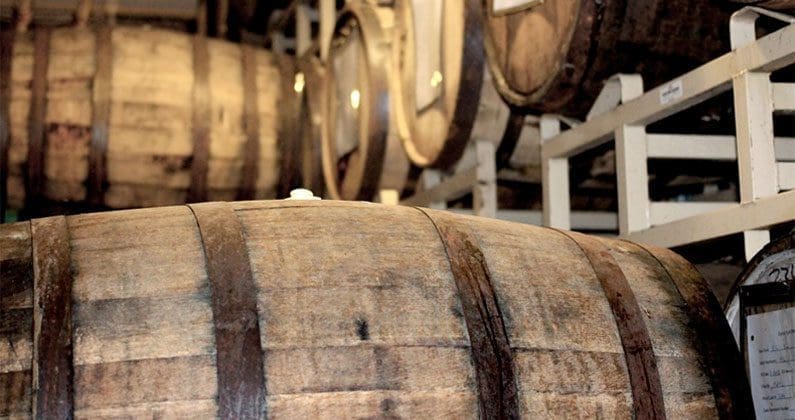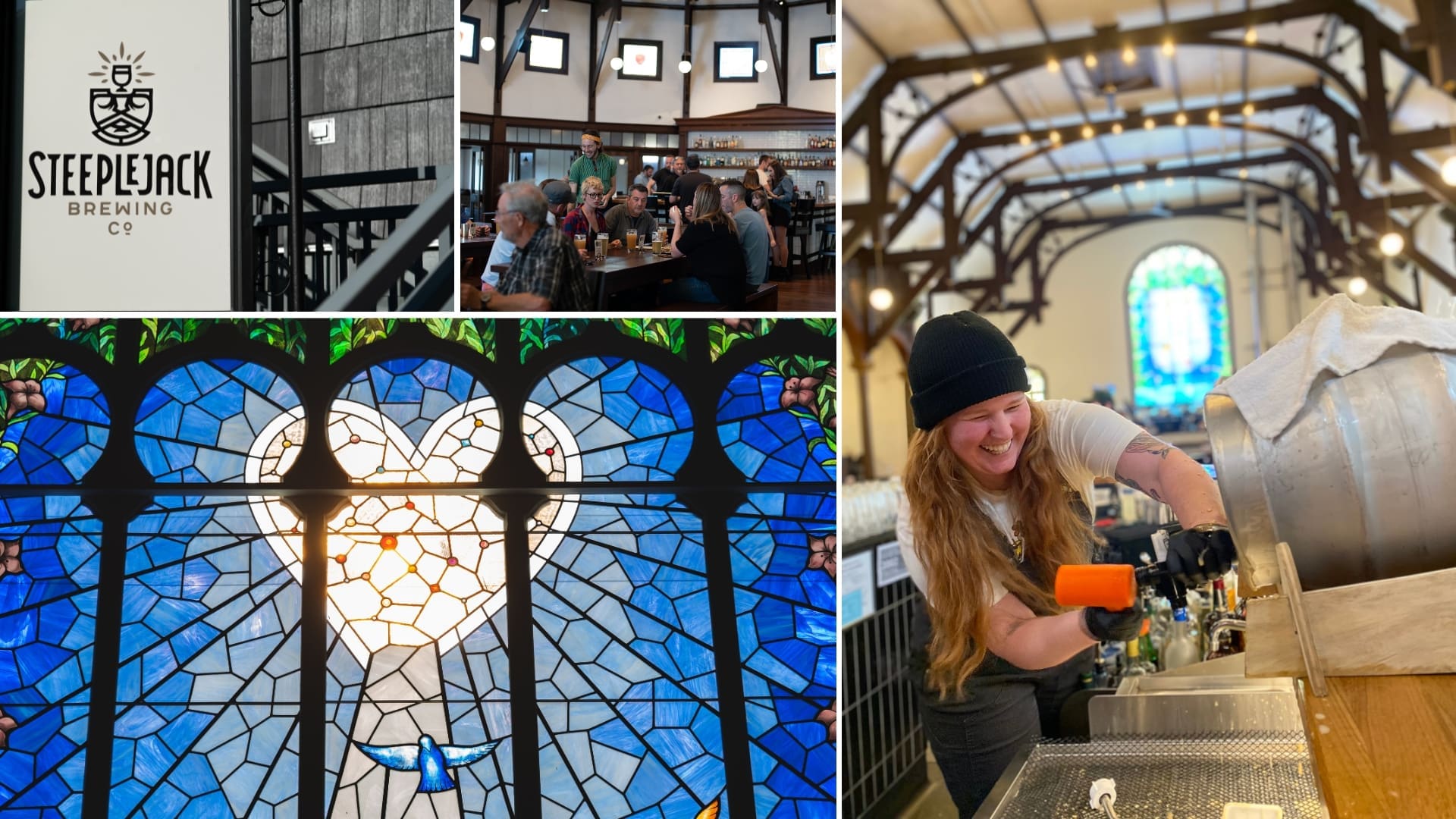Do you love the touch of oak? The oak barrel — the beverage-holding vessel that can nurture, caress, enhance and coax out intricate characteristics of a drink that would not have been there on their own — has a strong presence across the board in sippables, from wine and beer to spirits and cider. Learn the lingo behind the oak here.
American White Oak: Most often used for aging spirits versus wines because of stronger flavors and density, Quercus alba is known for imparting more pronounced notes of vanilla and baking spices during aging.
Barrique: 60-gallon barrel.
Cooper: A craftsperson who makes or repairs wooden, staved barrels and casks. The facility in which casks and barrels are made is called a cooperage.
Demi-muid: 160-gallon barrel.
Élevage: Refers to the time wine ages in barrel (or tank) from the end of fermentation through to bottling. The French term also translates to the process of raising a child.
Foudres: 1,200-gallon barrel.
French White Oak: The most favored oak for wine casks, Quercus petraea is sourced from prestigious oak forests in France including Allier, Nevers, Troncais, Vosges and Limousin. Recognized for finer grains, high oak tannins and a silky texture it imparts to wines.
Hungarian/Eastern European White Oak: Similar to French oak (and the same genus Quercus petraea), known for imparting subtle aromatics, medium tannins and a smooth texture to wines. While still high quality, it’s an economical alternative to French oak.
Puncheon: 120-gallon barrel.
Toast Level: After the bending process, the cooper places an oak barrel over a fire made of oak scraps. Toasts are measured on a four-level scale (light, medium, medium-plus or heavy) and correspond to the length of time the barrel is toasted and how long it spends at the maximum toasting temperature.
This story originally ran in the summer print issue of Sip Northwest. For the full-length feature and more like it, click here.








